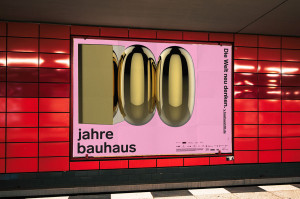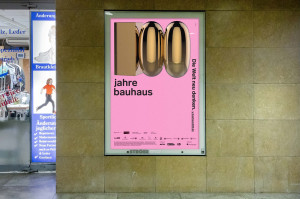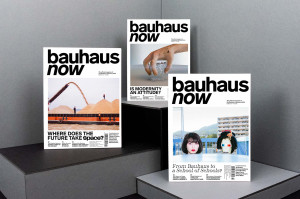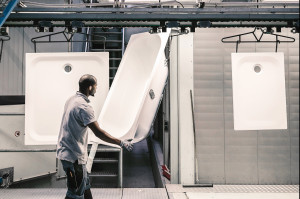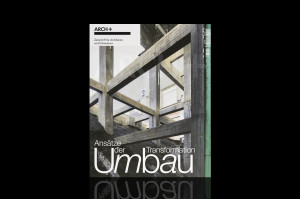Just no repetition
What makes the Bauhaus relevant today? With that question in mind, we began our work in 2015 on the development of the bauhaus100 brand for the anniversary of the Bauhaus. Four years later, in the anniversary year, we answered it: with a heterogeneous brand identity and a design system that deliberately does not cite Bauhaus aesthetics.
The Bauhaus, the art school founded by Walter Gropius in Weimar in 1919, was something completely new: a combination of art and craftsmanship. An idea that set a precedent in Germany and many other countries. It continues to have an effect today and shapes the image of modernist currents.
